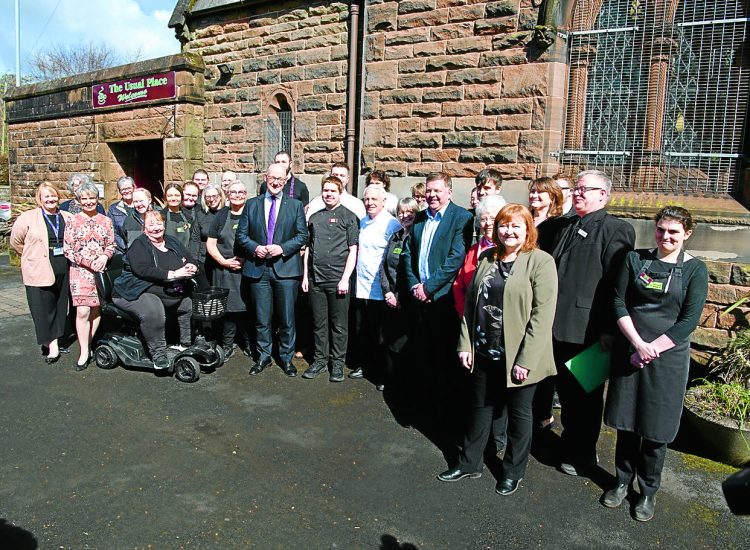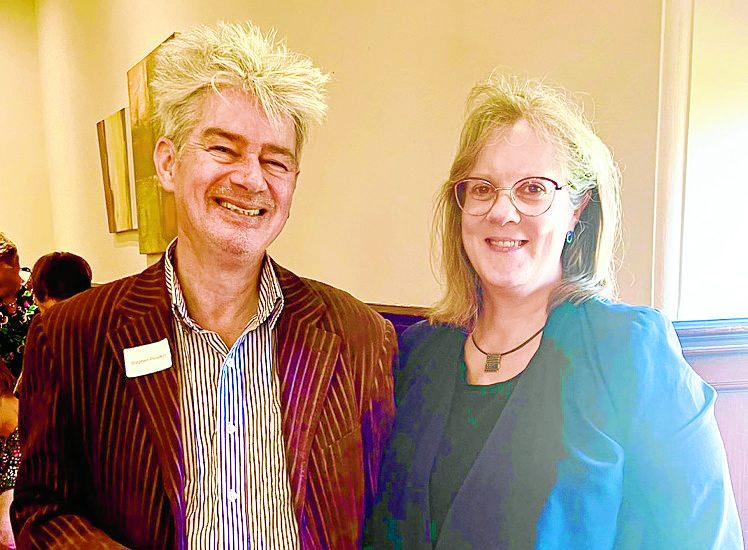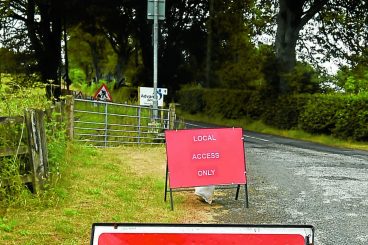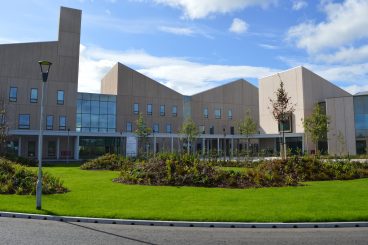But while the move away from fossil fuels and switching to renewable energy sources continues, the council’s progress is slowing up.
New figures have just been released and show that the council has reduced its carbon footprint (tCO2e) from 25,260 in 2020/21 to 24,859 in 2021/22.
This equates to less than two percent and is a marginal improvement compared to six percent in 2018/19, 34 percent in 2019/20, and 15 percent in 2020/21.
The figures are explained by council officers in the annual ‘climate change duties report’, which will be tabled at the economy and resources committee next Tuesday.
It reads: “There is a very slight overall reduction this year compared to last year. Stationary sources have increased slightly in comparison
to 2020/21. This is due to an increase in electricity and mains gas consumption compared to 2020/21 (Covid 19 ventilation requirements).
“Charging of electric vehicles has also contributed to the increase in electricity consumption. Waste has decreased which has been attributed to a significant reduction in waste going to landfill with the full roll out of kerbside recycling.
“Transport figures have increased and this is due to school travel being fully operational, as well as increased staff travel, whereas in 2020/21 this was not the case due to Covid-19.”
While switching to electric vehicles is better for the environment, it is not good for the council coffers due to the sky-high prices of energy.
The report states: “Information is being collated regarding the total use of electricity to charge the council’s electric fleet. As this information becomes available further detail will be provided regarding the increased use of electricity across the estate for travel purposes.”
Following legislation that came into force in November 2016, public bodies are required to produce reports on how they are working towards climate change targets.
The seventh mandatory report is due to be submitted online by November 30 from 180 major public sector organisations in Scotland.
Along with continued decrease in the use of fossil fuels and increased renewable sources, the council has also generated a significant income from its sites that produce energy and export to the grid.
Twenty six council sites which generate solar power earned £138,422 for the council, while ten biomass systems sites have generated £179,019.
























